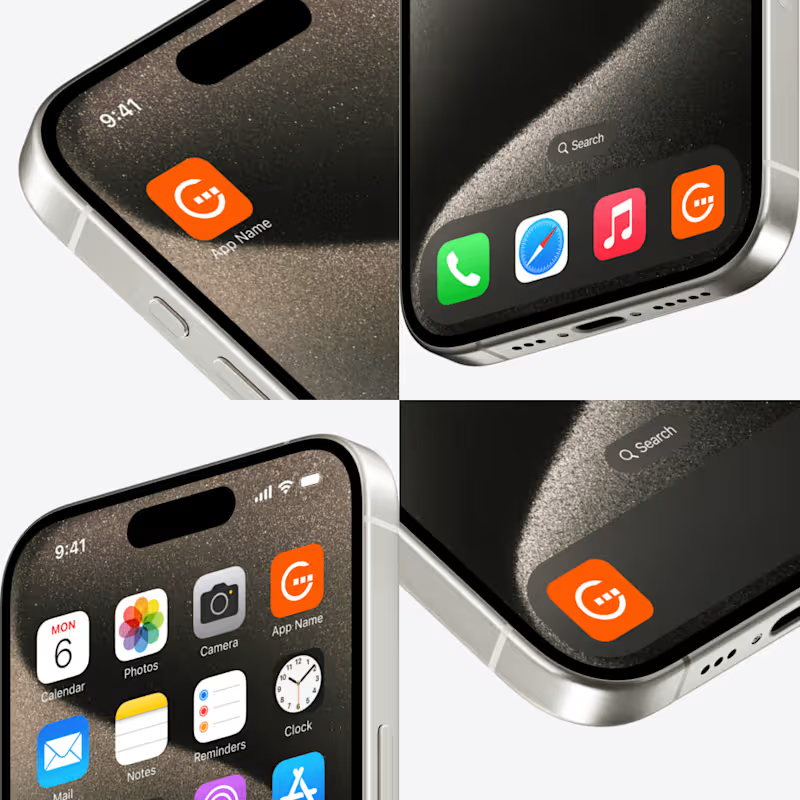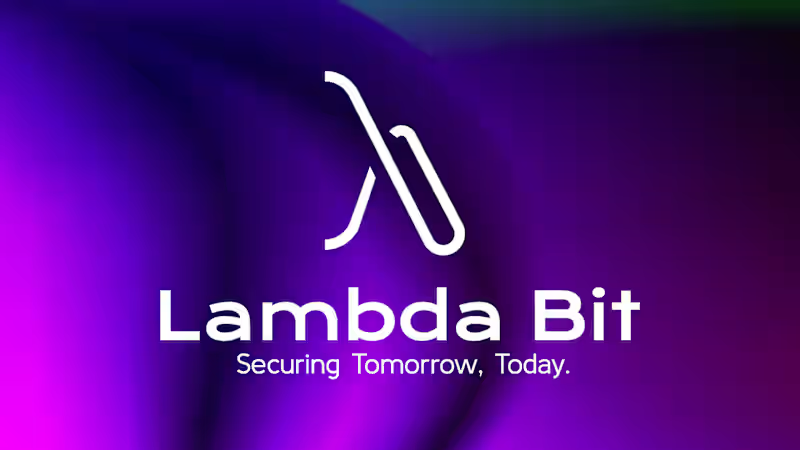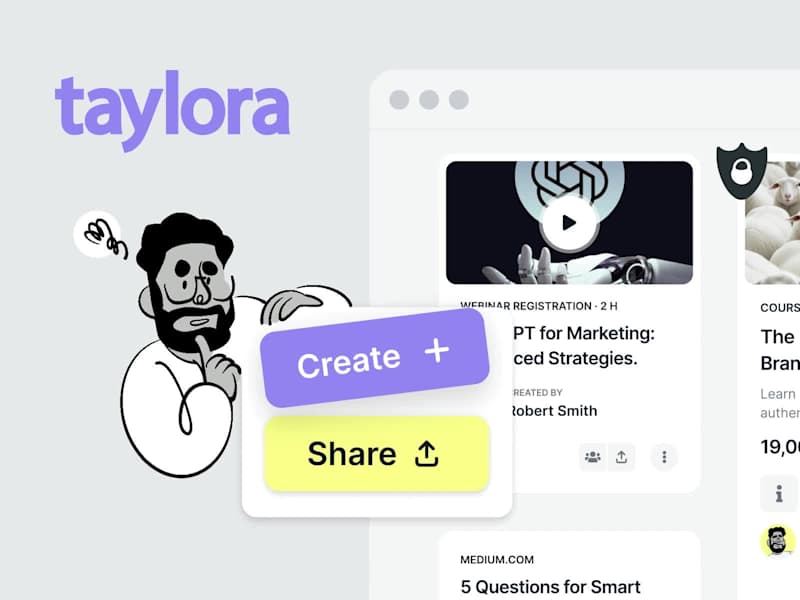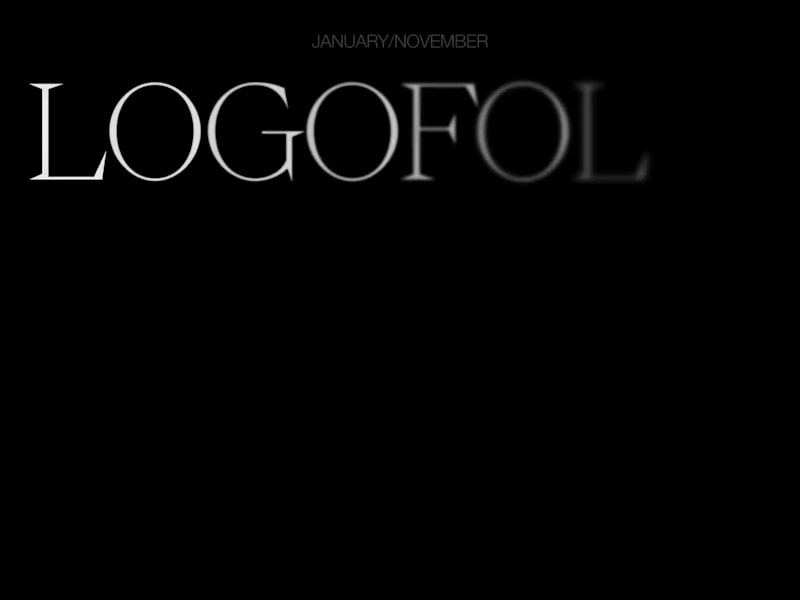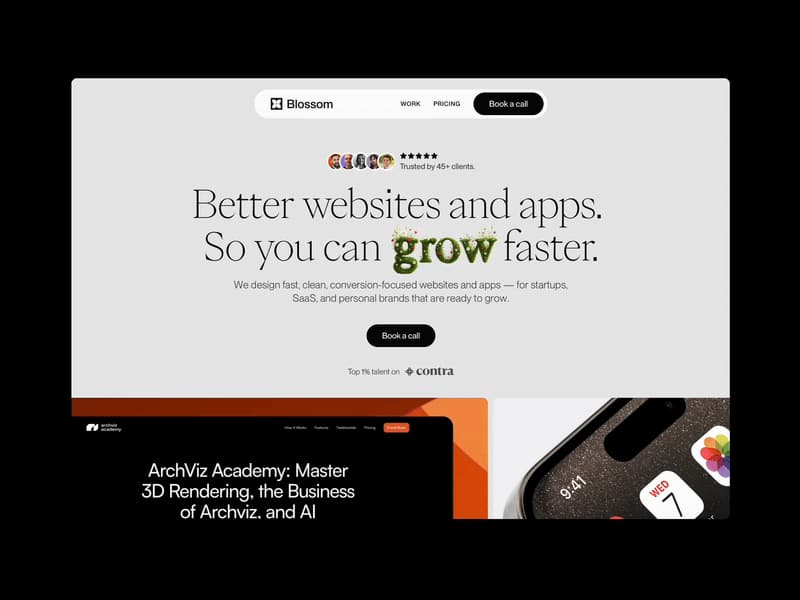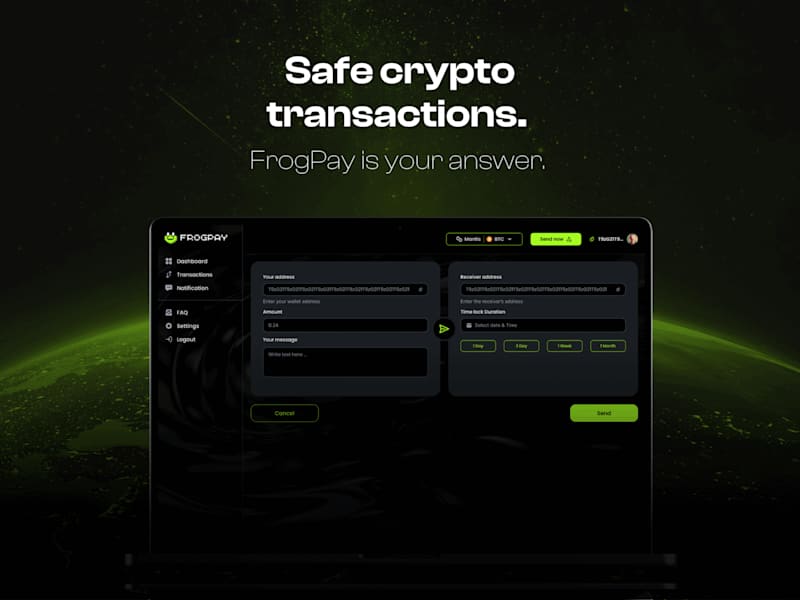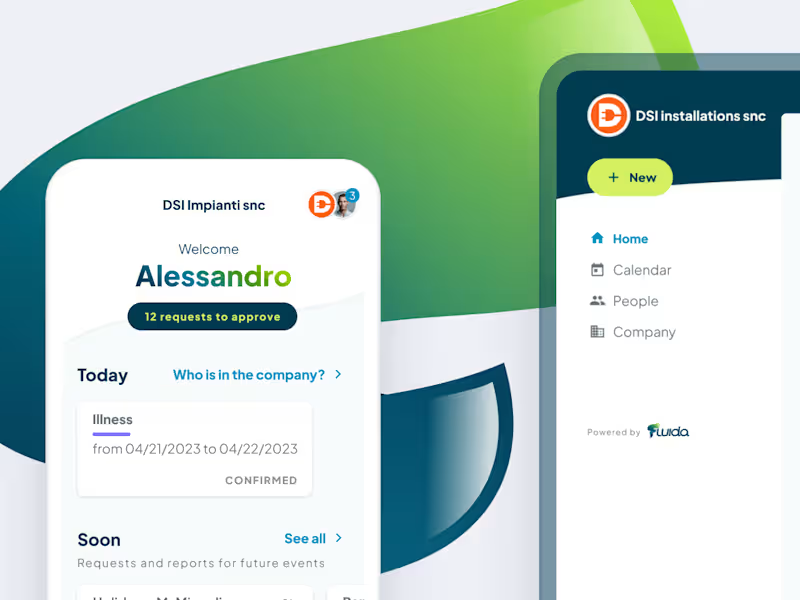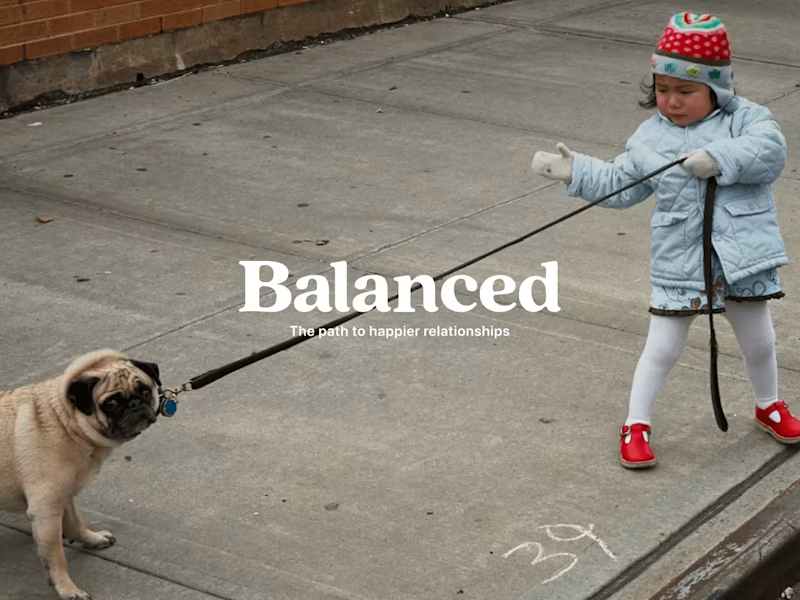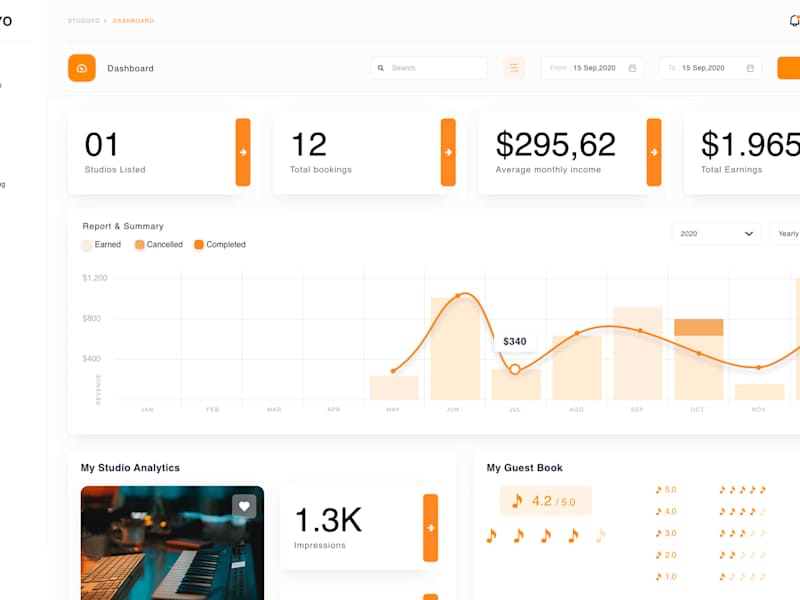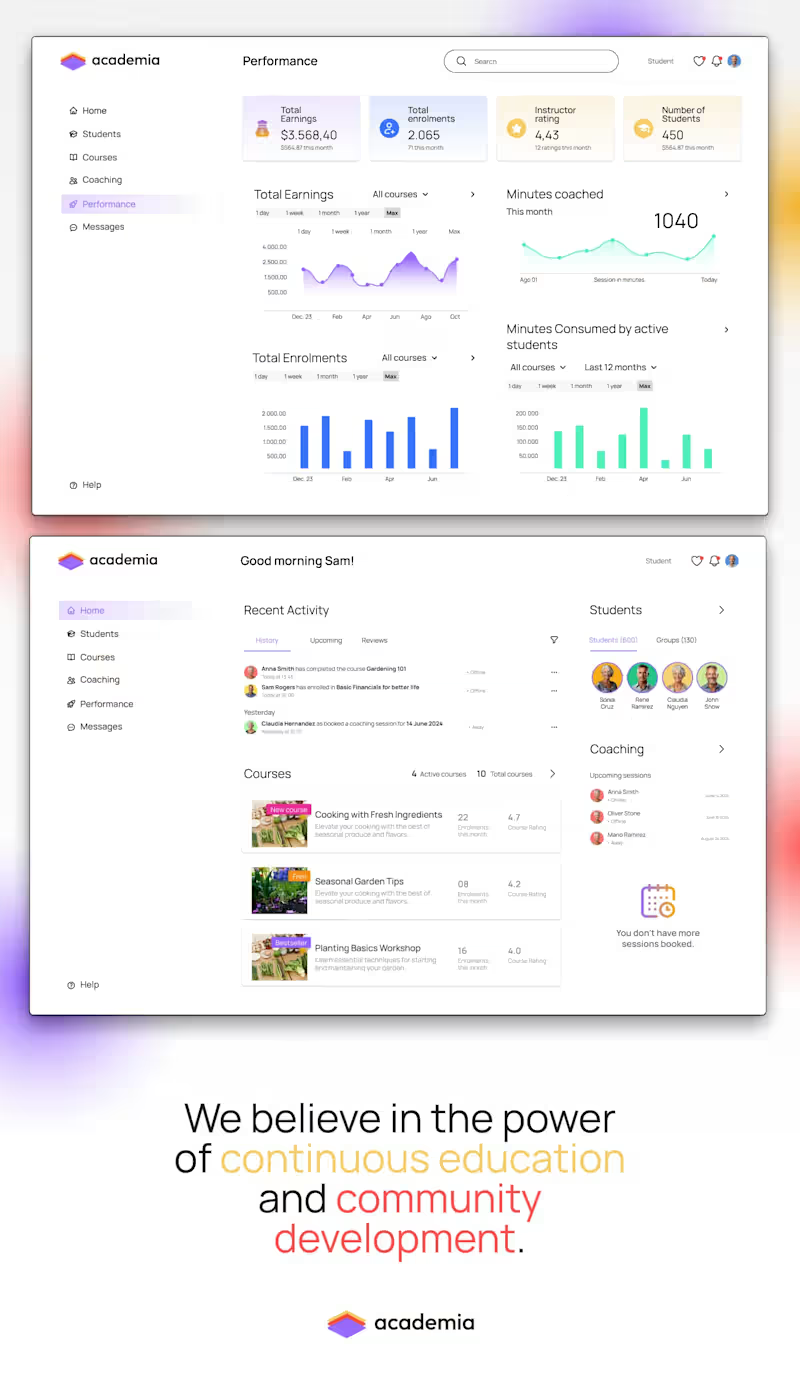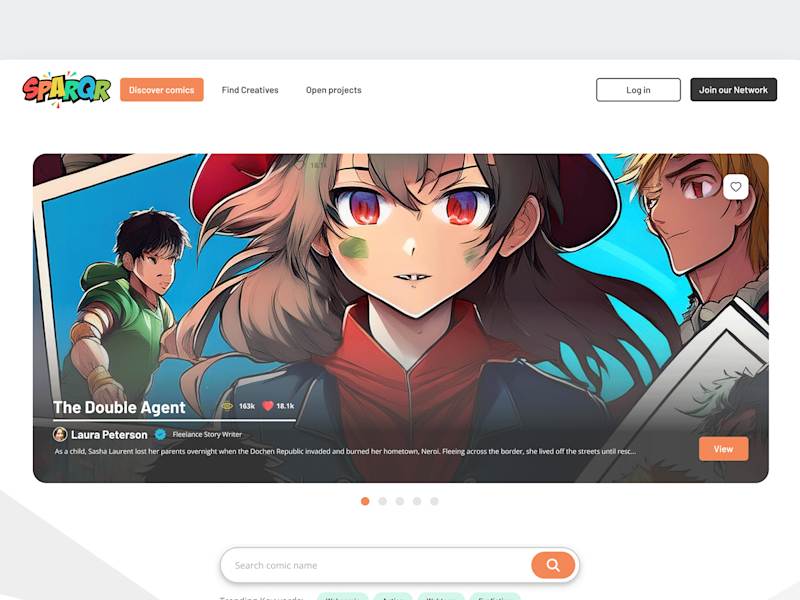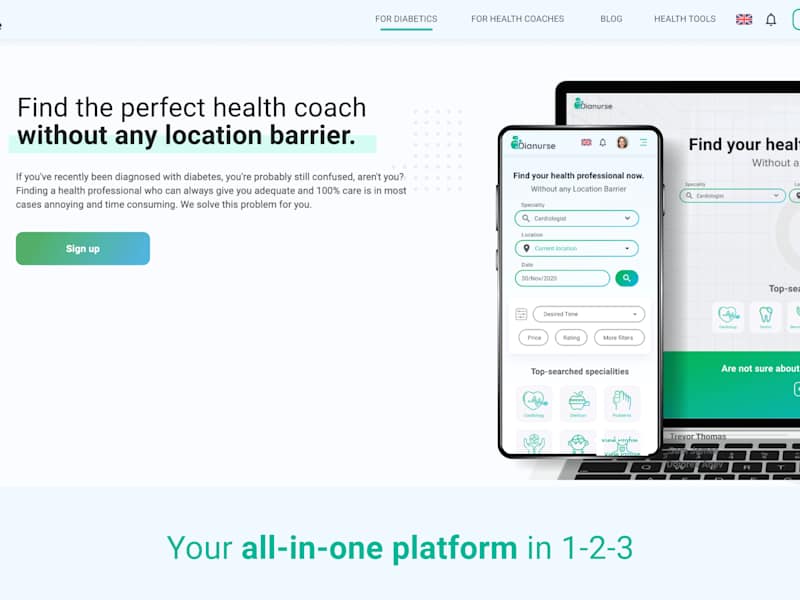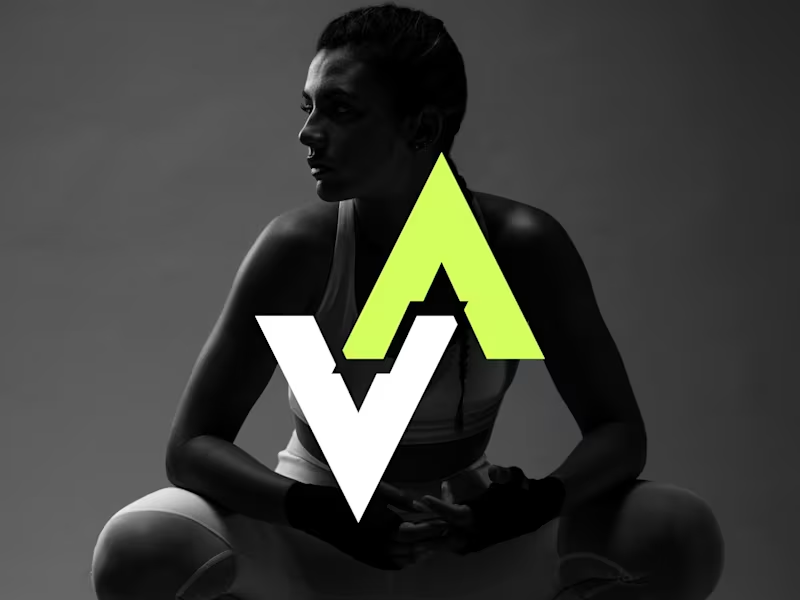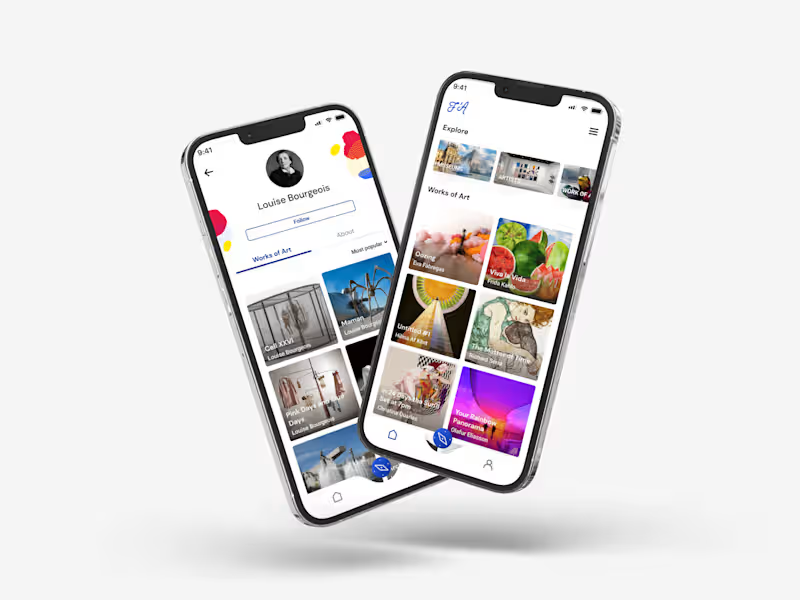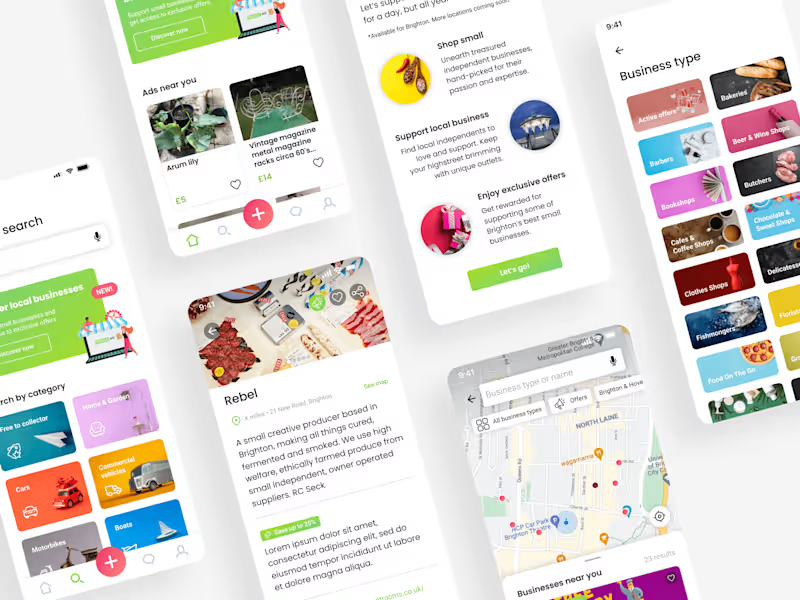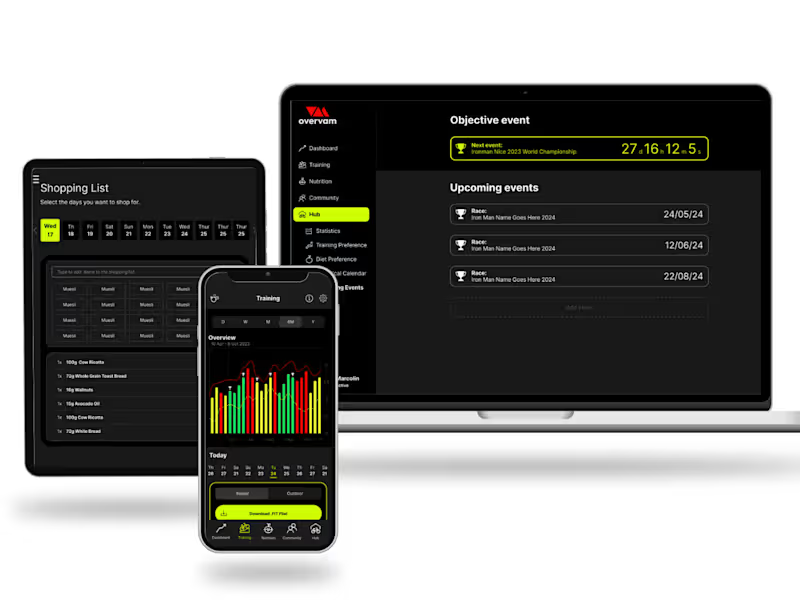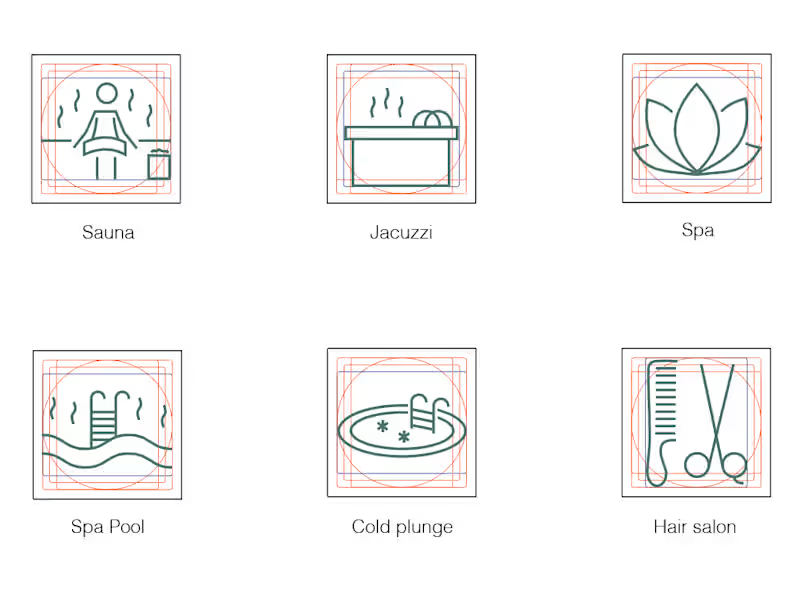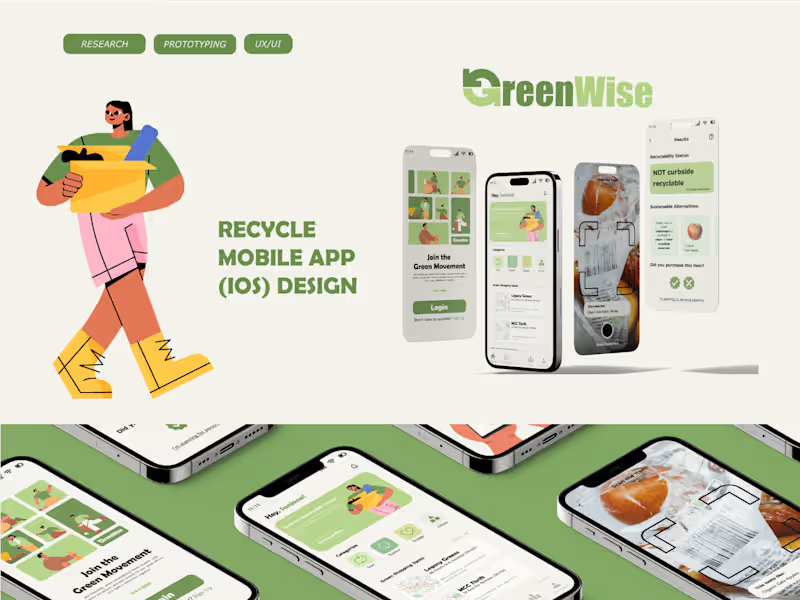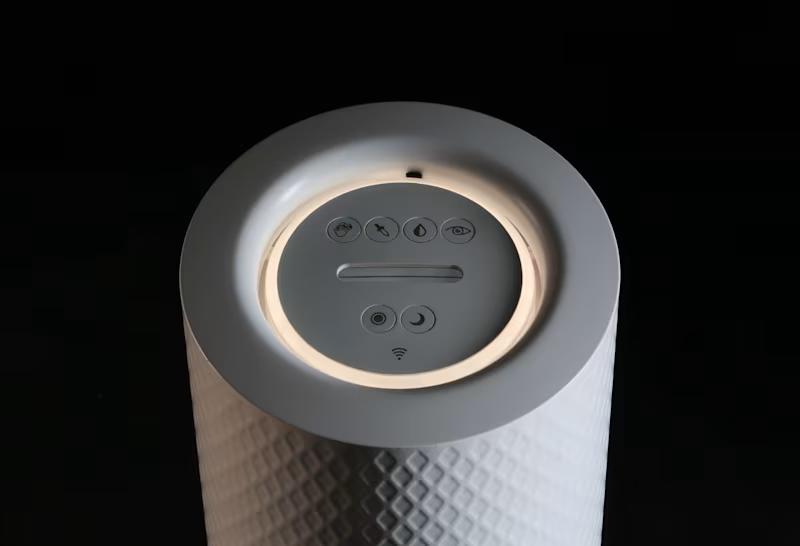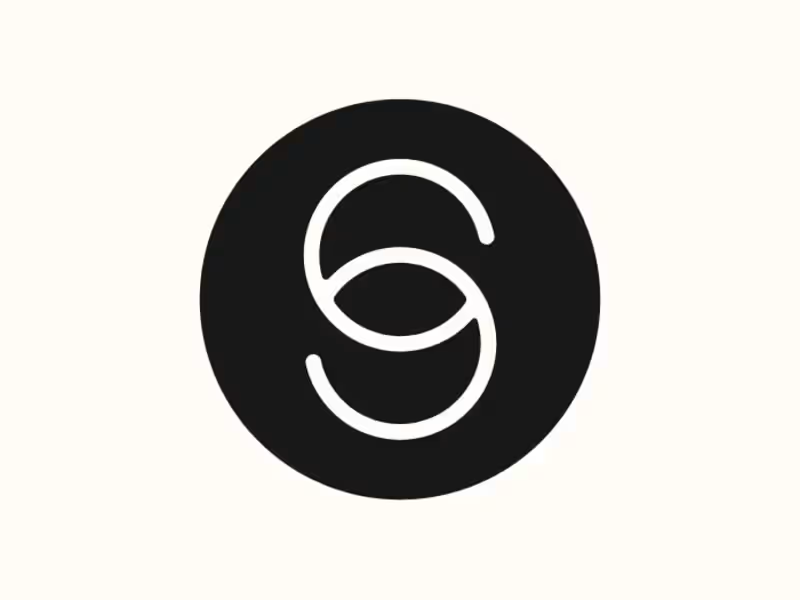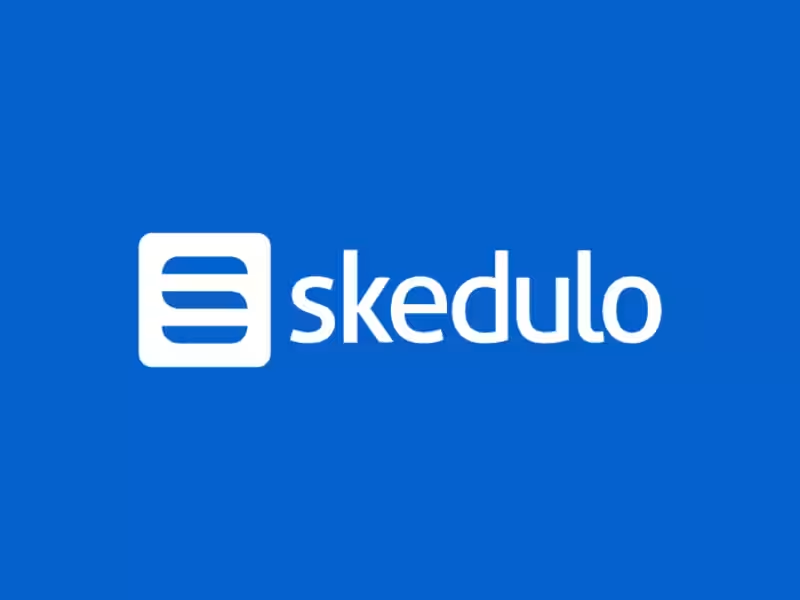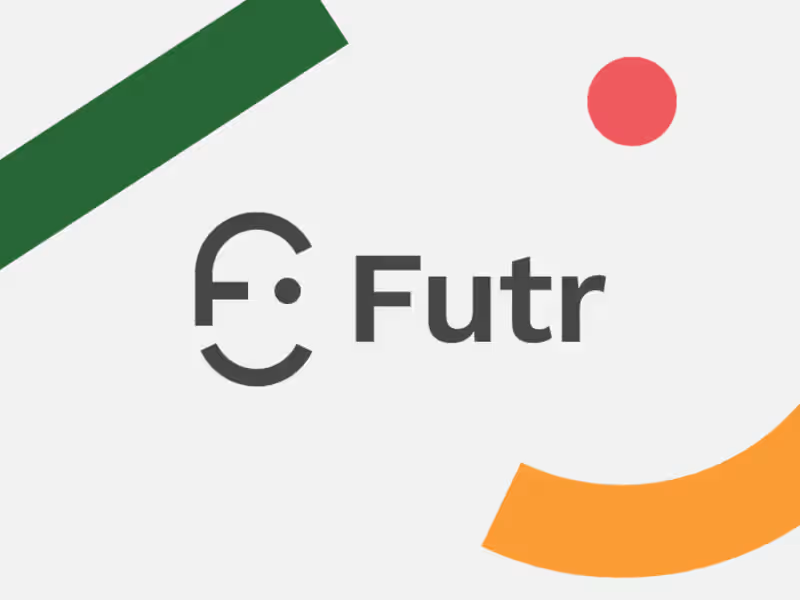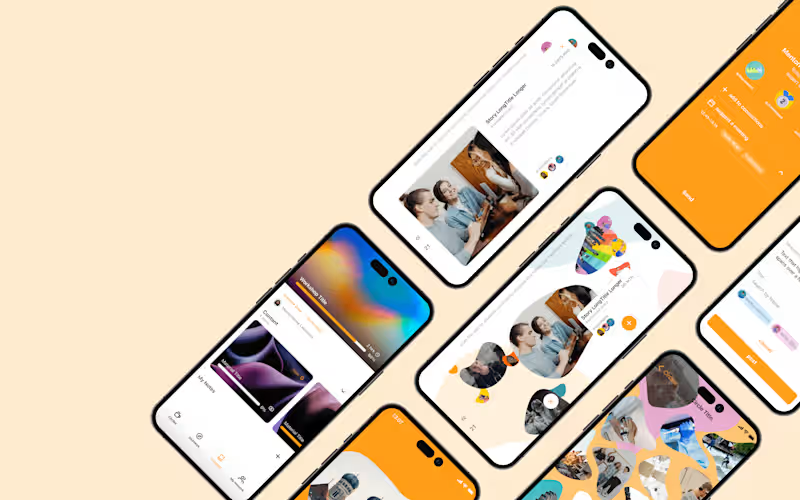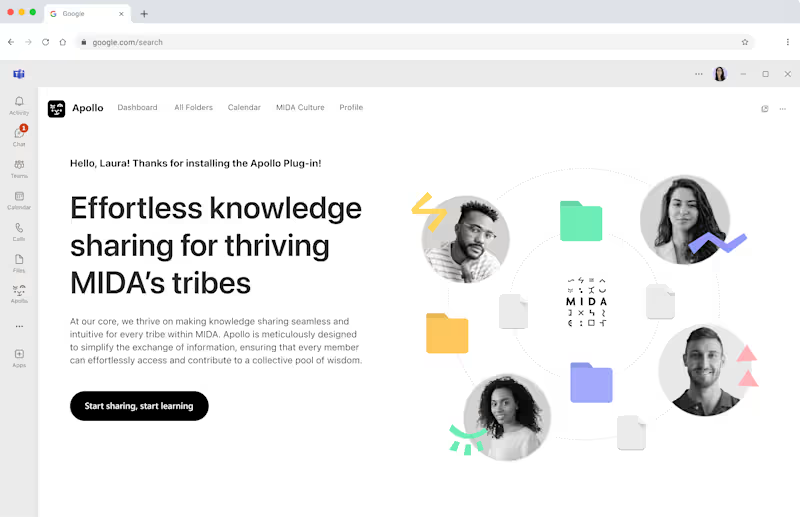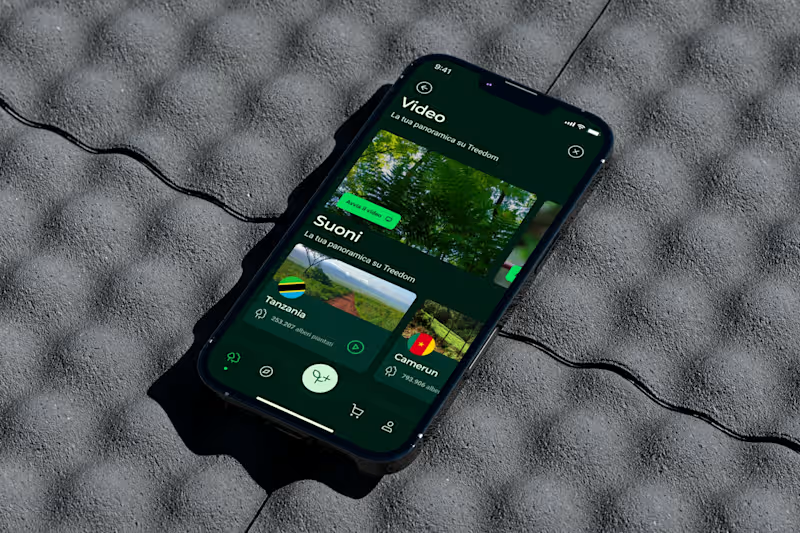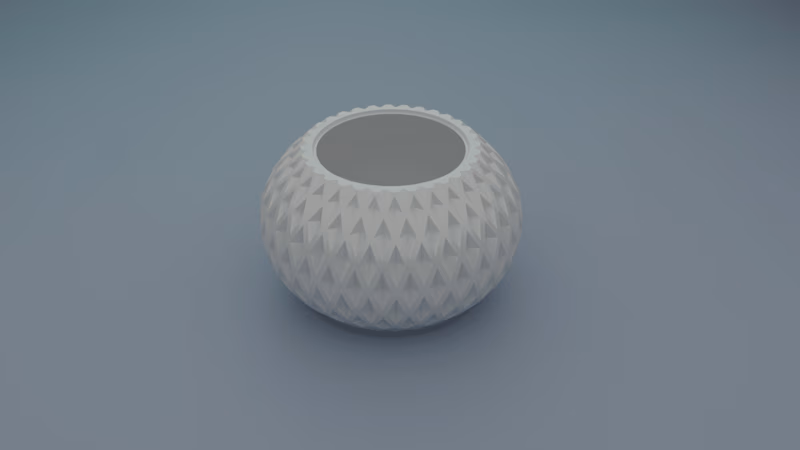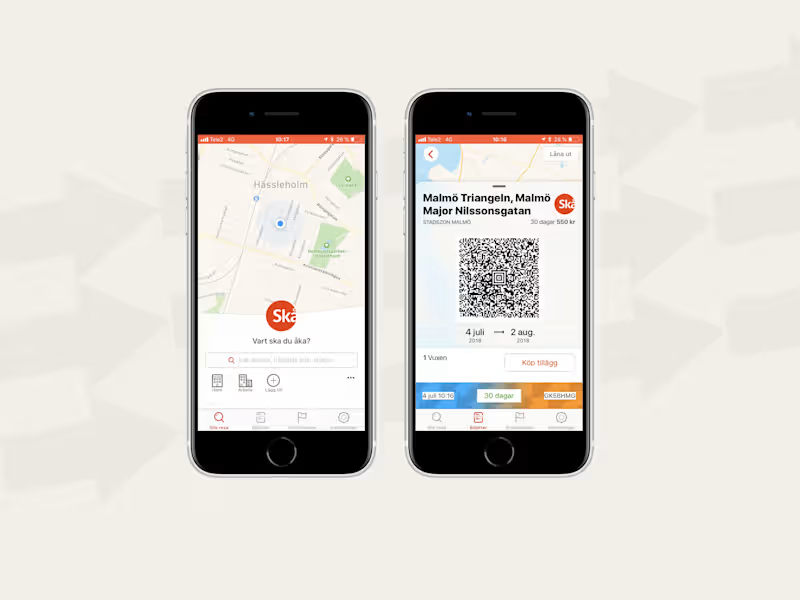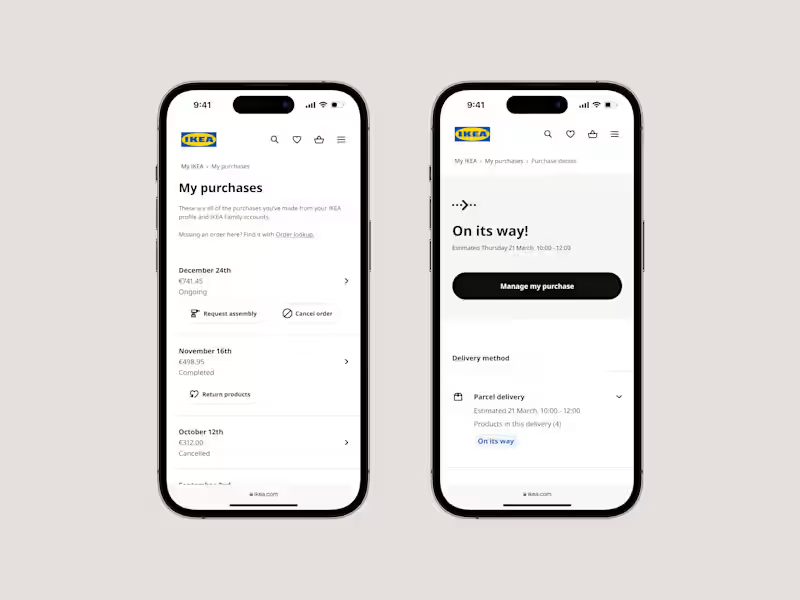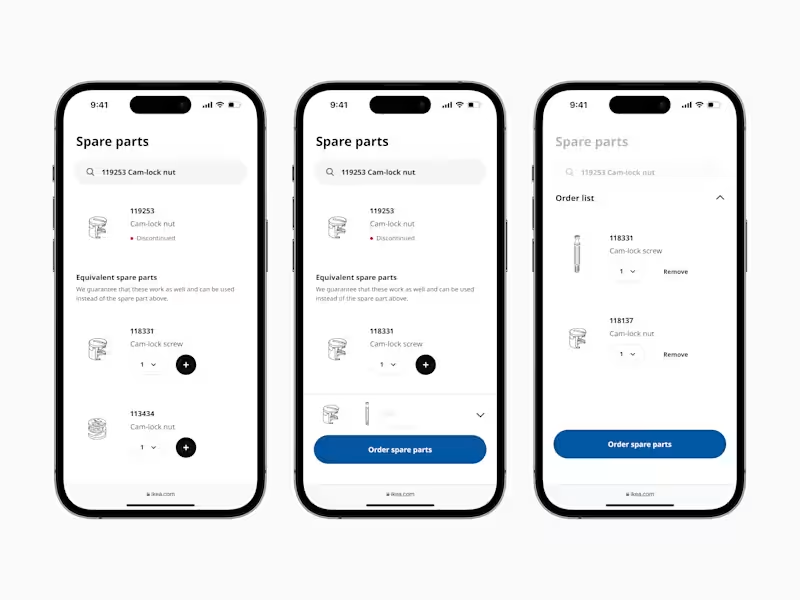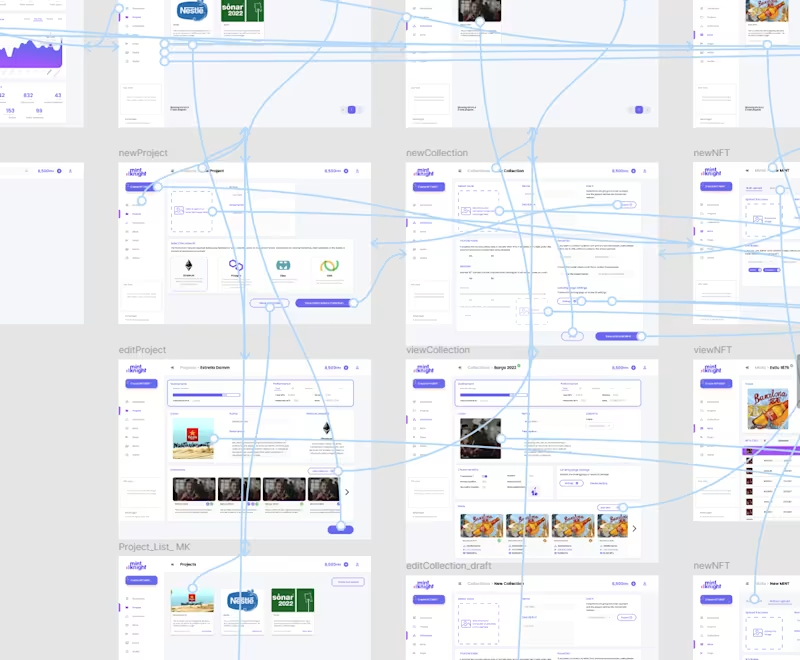How do I explain my project needs clearly?
Start by writing down everything your project needs. Think about what you want the prototyper to make. Be clear about the goals and any tools or software the prototyper should use. Having a clear description can help the freelancer understand the work. This way, you both know what to do.
What should I include in the project brief for a prototyper?
Your project brief should have all the key details. Include the project goals, timeline, budget, and any design elements you like. Mention if there's a specific tool or software you prefer. The more information the better. A good brief helps the freelancer know exactly what you want.
How can I ensure we have agreed on the same deliverables?
Write down what you expect at the end of the project. Make a list of all the deliverables you need. Share this list with the prototyper to get their feedback. You both should agree on what's possible to deliver. This way, everyone is on the same page.
How can I communicate my feedback effectively during the project?
Keep your feedback simple and direct. Use examples if possible. Tell the prototyper what's working well and what needs changing. Be positive but clear. This helps the freelancer make improvements as needed.
What should the project timeline look like?
Decide how long the project should take. Break it into smaller parts or milestones. Agree with the prototyper when each part should be done. This keeps the project on track without any rush. Everyone knows when things should be finished.
How often should I check in on the project progress?
Set regular times to catch up with the prototyper. This could be every week or after each milestone. Regular check-ins help keep the project moving. It also gives you a chance to make sure everything is going smoothly.
How do I prepare for the project's start?
Make sure you have everything ready for the freelancer. This could be files, notes, or special instructions. Set up a way to communicate easily, like a messaging app or emails. Being prepared helps the prototyper start working right away.
What tools can help manage the project with a freelance prototyper?
Consider using project management tools. They help track timelines, share files, and communicate. Tools like Asana, Trello, or Slack can be handy. These tools make it easier to see how the project is going. They keep everything organized and in one place.
How should I handle changes during the project?
Speak with the prototyper if changes are needed. Discuss how the changes will affect the project. Agree on what can change without rushing things. This way, any changes are made together. Everyone knows what's happening and can adapt.
How can I ensure a smooth handover at the project's end?
Plan for a final review before the project ends. Check all deliverables and make sure they match what you agreed on. Ask the prototyper for any final details or documents. Doing this ensures you have everything you need. Both you and the freelancer finish the project on a good note.
Who is Contra for?
Contra is designed for both freelancers (referred to as "independents") and clients. Freelancers can showcase their work, connect with clients, and manage projects commission-free. Clients can discover and hire top freelance talent for their projects.
What is the vision of Contra?
Contra aims to revolutionize the world of work by providing an all-in-one platform that empowers freelancers and clients to connect and collaborate seamlessly, eliminating traditional barriers and commission fees.
- $1k+
- Earned
- 2x
- Hired
- 5.0
- Rating
- 3
- Followers





























![Cover image for Cellect [Energy storage]](https://media.contra.com/image/upload/w_800,q_auto/fsfantlde7k7xjcbkiic.avif)
![Cover image for GUZZU [web3 · Blockchain]](https://media.contra.com/image/upload/w_800,q_auto/ufrmup3kt0e6tim8yxwi.avif)
![Cover image for NEOM [the Line · Real Estate]](https://media.contra.com/image/upload/w_800,q_auto/itlx5hyqm2vbfj8adlpy.avif)
![Cover image for MintKnight [NFT · Blockchain]](https://media.contra.com/image/upload/w_800,q_auto/zhb9kty7wuvr5ghxzeib.avif)

